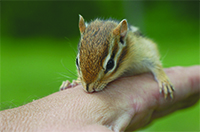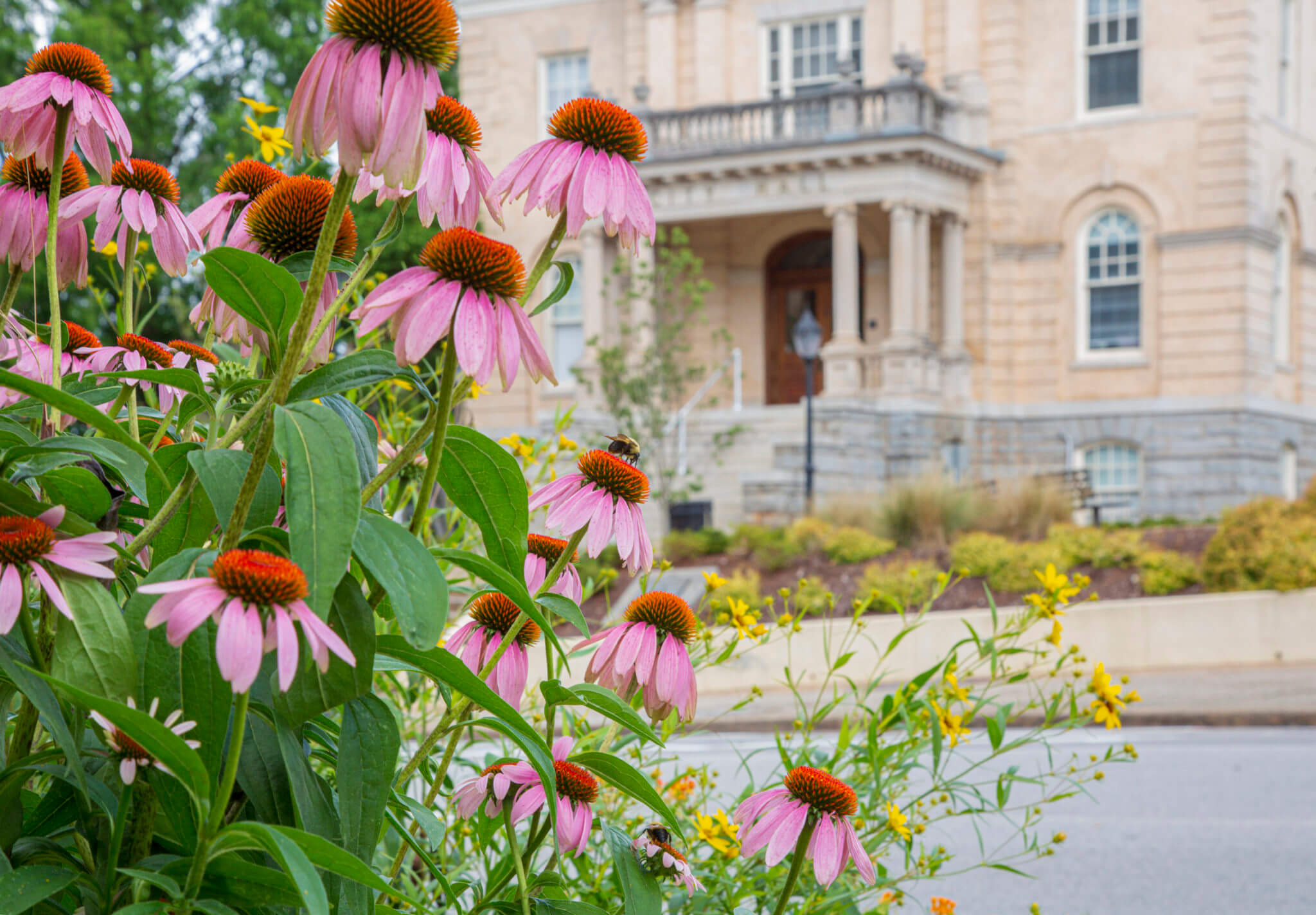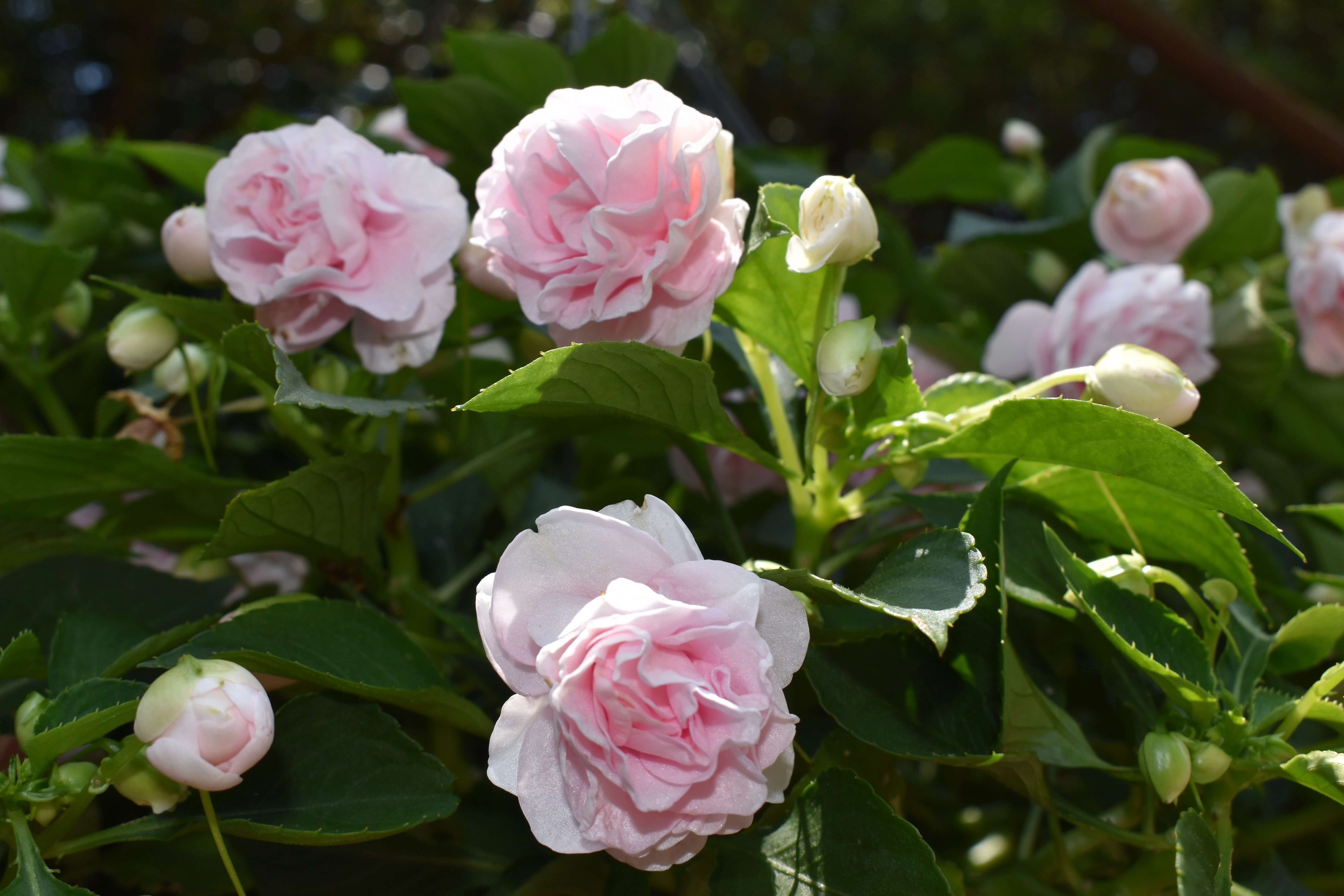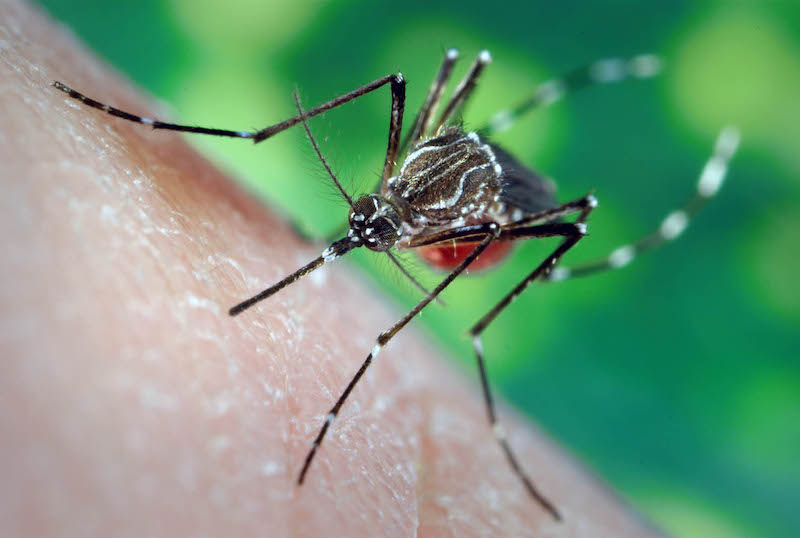Chipmunks may look cute, but when they wreak havoc in the landscape their charm quickly fades.
A species of small rodent, chipmunks are quite common in Georgia. They are considered minor agricultural pests, but they can cause significant structural damage under patios, stairs and retention walls.
Chipmunks are burrowers and their tunnels are usually 20 to 30 feet long and may be more complex in areas where cover is scarce. Chipmunks are usually ground-dwelling critters, but will climb trees and shrubs for food and to escape predators.
These little critters consume flower bulbs, seeds, seedlings, grass seed, pet foods and birdseed from bird feeders. Chipmunks also will gnaw on wooden structures, eat garden vegetables, fruits and flowers; clog downspouts and chew on the bark and buds of ornamental plantings.
Chipmunks are territorial and rarely become numerous enough to cause a significant amount of damage. However, when the resources are right, populations can reach 20 individuals or more in an urban landscape. When populations reach densities high enough to cause significant damage, homeowners have several options to lessen or even eliminate the damage they cause.
While their natural habitat is in open wooded areas with ample food-producing trees and bushes, chipmunks will make their homes around the edges of forests and urban landscapes. In these areas, food and protection are offered by shrubbery, flowers and gardens, allowing chipmunks to thrive and eventually become pests.
University of Georgia Cooperative Extension recommends following the HERL model of control: habitat modification, exclusion, repellent and lethal control.
The first option for mitigating chipmunk damage is habitat modification. In other words, make the landscape less attractive to these scurrying little creatures. This starts by removing any yard debris, wood piles or brush that could be used as denning sites.
Often considered a nuisance in its own right, English ivy provides shelter for many rodents, including chipmunks. Treat these areas with foliar and stump-cut herbicide applications of either glyphosate or triclopyr. This can remove cover, thus removing the chipmunk’s habitat.
A common mistake seen in landscaping is the continuous planting of trees, shrubs or ground cover. Like English ivy, this pattern provides chipmunks with a continuous, covered corridor. Plantings should be placed away from sidewalks, driveways and foundations to dissuade chipmunks from burrowing under those structures.
Next is exclusion. Prevent chipmunks from entering buildings by caulking holes where gas lines, television and internet cables, and air conditioning lines penetrate the house. It’s important to seal off dryer and exhaust vent lines, downspouts and rain gutters with one-quarter-inch hardwire mesh. This prevents chipmunks from building nests in these areas and stops potential damage from water backing up along foundation walls.
Homeowners often want to use a spray to get rid of their chipmunk problem, however repellents are rarely the long-term answer.
Homeowners frequently use moth balls — naphthalene — to repel a variety of nuisance wildlife, however using moth balls in this way goes against their labeled use and is illegal. Other home remedies that have been temporarily effective are hot sauce, rotten eggs and predator urine.
Taste aversion repellents, like Bitrex or Thiram, can be applied to landscape plants to discourage chewing and eating. Other repellents labelled for use against deer and rabbits are also effective. It is important to remember that repellents are temporary control methods and must be changed up frequently so that chipmunks do not become habituated to one particular deterrent.
The final action that can be taken is lethal control. Trapping in large, wooden rat traps can be quite effective. These traps are usually baited with peanut butter or an oatmeal-peanut butter mix. Traps should be placed along runways or at burrow openings.
Other forms of lethal control include poisons. Treatments registered for use against chipmunks can be found on the Georgia Department of Agriculture’s pesticide product registry.
On the legal front, all nongame wildlife is protected in Georgia. It is illegal to kill any species unless specifically permitted by regulations such as hunting and fishing laws. Normally, homeowners can protect their property from mammals causing damage, but it is always a good idea to check first with your local Department of Natural Resources Law Enforcement Division.
Catching and releasing live animals into unfamiliar territory is not recommended. Live animals also should not be released on county, state or federal lands.



.png)
.jpg)


